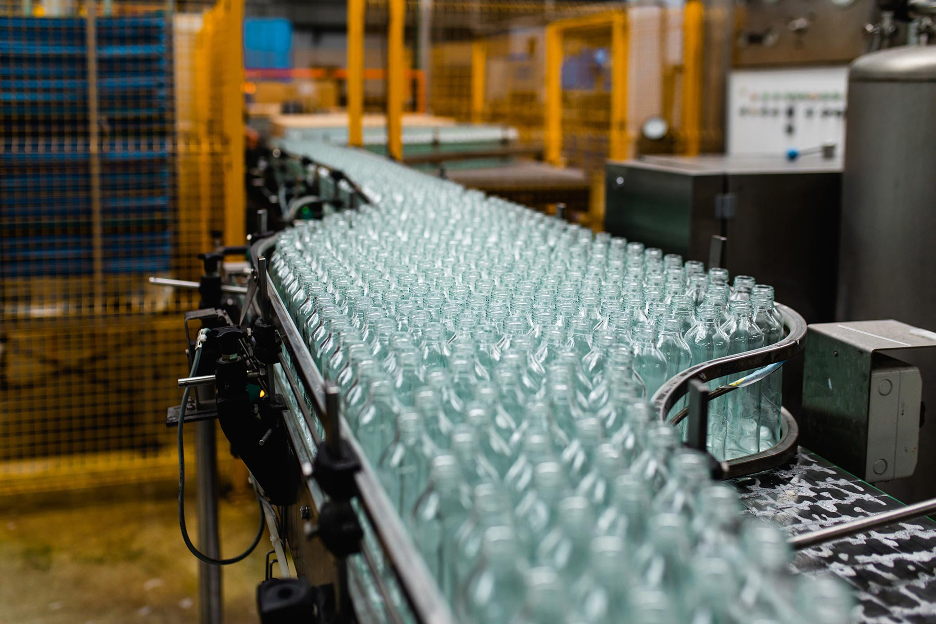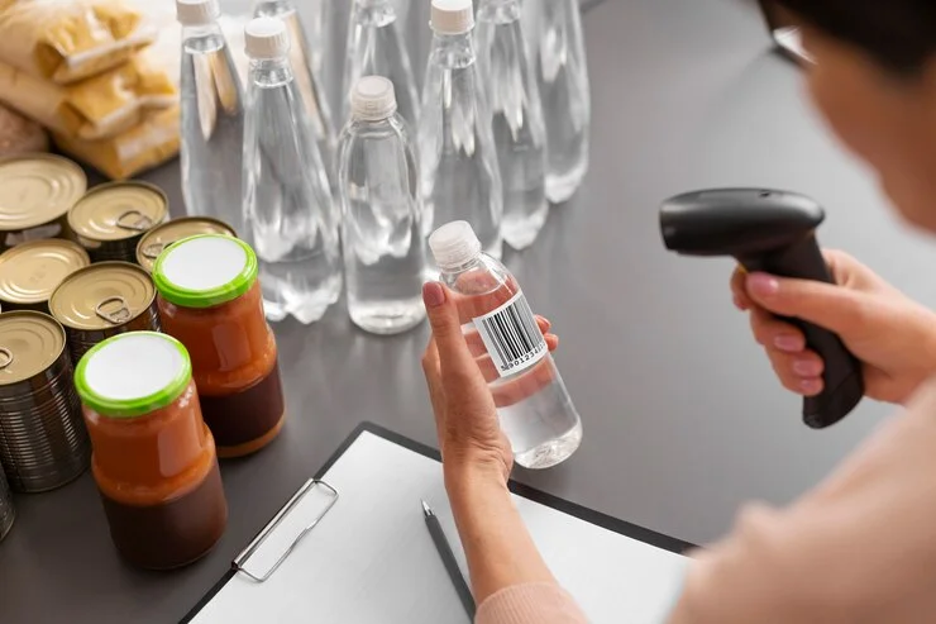The way petrochemical products are packaged is changing faster than ever. Rising demand, environmental pressures, and tighter regulations are pushing companies to rethink every layer, from materials to design.
Across the industry, innovators are exploring smarter, more sustainable solutions, with companies like Anchorage Investment serving as examples of how strategic approaches keep businesses at the forefront. Here’s a look at the latest innovations shaping petrochemical packaging today.

Lightweighting for Cost and Environmental Impact
In the petrochemical market, packaging can make or break a product’s success. That’s because excessive packaging adds cost and environmental burden without improving performance.
Lightweighting offers a solution by using less material while maintaining strength and durability. This approach reduces raw material by 8–10 percent and lowers energy consumption and waste. When combined with thoughtful design and stronger, lighter materials, every package becomes more efficient, shelf-ready, and sustainable, turning packaging into a strategic advantage for both businesses and the environment.
Barrier Technologies for Food and Pharma
For food and pharmaceutical products, packaging has to fulfil criteria that go beyond containment. It must preserve safety, quality, and shelf life from production to consumption. Many of the most effective solutions draw on petrochemical innovations, from high-performance polyethylene and polypropylene to advanced EVOH and PET blends.
These materials, when engineered into multilayer films or enhanced with specialized coatings, create an invisible shield against moisture, oxygen, and contaminants.
In high-value chemical packaging or sensitive materials, these petrochemical-based barriers are vital for maintaining performance and meeting strict regulatory standards. In addition, when integrated into well-designed packaging, they extend product viability and improve storage and transport efficiency, ensuring every unit reaches its destination in optimal condition.
Recyclable and Compostable Packaging Materials
Sustainability is changing how companies think about packaging, from material selection to end-of-life recovery. Thanks to advances in bio-based and engineered polymers, recyclable and compostable options are now practical while still delivering the strength and durability products require.
Materials such as PLA, bio-PET, and modified polyethylene make it possible to meet environmental targets and maintain reliable storage and transport performance. Integrating these solutions helps manufacturers reduce waste, lower environmental impact, and support circular economies, turning packaging from single-use waste into a sustainable, high-performance asset.
Smart Packaging with Sensors and Trackers

The rise of IoT-enabled packaging is transforming supply chains, allowing real-time monitoring of temperature, humidity, and handling. These innovations often rely on advanced petrochemical-based materials that combine durability with compatibility for embedded sensors, ensuring sensitive products like chemicals and pharmaceuticals maintain quality from production to delivery.
Beyond that, enhanced traceability helps companies detect and respond to potential issues quickly, reducing waste and improving safety. These smart solutions demonstrate how material science and technology converge to create more efficient, transparent, and reliable packaging systems.
Mono-material Innovations for Better Recycling
Recycling efficiency often suffers when packaging combines multiple materials that are difficult to separate. Mono-material solutions, engineered from a single type of petrochemical-based polymer, address this challenge by simplifying recovery and processing.
For example, advanced polyethylene, polypropylene, and PET variants allow packaging to maintain strength, flexibility, and barrier properties while remaining fully recyclable. These innovations support circular economy goals, reduce environmental impact, and streamline manufacturing and disposal.
Because of that, integrating mono-material designs with smart engineering ensures that high-performance packaging remains practical, sustainable, and aligned with the latest trends in petrochemical material innovation.
Regulatory Trends Impacting Packaging Design
Packaging design in Egypt is increasingly influenced by environmental and safety standards, pushing manufacturers to adopt more sustainable and compliant solutions. Regulations on recyclability, chemical safety, and waste reduction encourage the use of advanced petrochemical-based materials that are recyclable, durable, and compatible with emerging circular economy goals.
So, companies integrating mono-material designs, barrier technologies, and innovative polymers can better meet these requirements while maintaining product performance. This allows them to keep pace with regulatory expectations, ensure safer, more efficient packaging, and demonstrate how innovation in petrochemical materials can align with both national standards and evolving market demands.
Consumer Demand for Sustainable Packaging
Increasingly, people are seeking products that reflect their environmental values, prompting manufacturers to rethink packaging design. These shifting consumer and industrial preferences are driving demand for eco-friendly packaging solutions.
To manage this, companies are responding with innovative petrochemical-based materials, such as recyclable polymers, compostable plastics, and simple constructions. Packaging that is lightweight, reusable, or easier to recycle resonates with environmentally conscious buyers while enhancing brand reputation.
Meeting this demand requires integrating material science, design, and supply chain efficiency, demonstrating how advances in petrochemical packaging can align with both consumer values and business objectives, turning sustainability into a strategic advantage.
Circular Packaging Ecosystems
Effective circular packaging ecosystems focus on designing products for reuse, recycling, and minimal waste. Petrochemical materials, engineered for durability and recyclability, allow packaging to withstand multiple processing cycles while maintaining performance.
So, integrating these materials with optimized collection, sorting, and reprocessing systems ensures that packaging contributes to sustainable resource management.
This allows companies that leverage circular practices to reduce environmental impact, lower material costs, and enhance operational efficiency, demonstrating how targeted innovation in petrochemical packaging supports a more resilient and responsible supply chain.
Integration with Logistics and Labeling Systems
Packaging innovation extends beyond materials to how products move through the supply chain. Petrochemical-based packaging can be designed for easier handling, stacking, and transport, while incorporating labels, barcodes, or QR codes that enhance traceability and compliance.
These features, along with logistics systems, improve efficiency, reduce errors, and ensure products reach their destination in optimal condition.
Opportunities for Egypt to Lead in Regional Packaging
Egypt’s growing capabilities in petrochemical-based materials and polymers create fertile ground for innovation in sustainable and high-performance packaging. The country’s strategic location, combined with developing infrastructure and technical expertise, allows manufacturers to implement advanced packaging solutions, including stronger polymers, barrier technologies, and smart designs.
Anchorage Investment, led by Dr. Ahmed Moharram, exemplifies this leadership through its Anchor Benitoite project, a $2.5 billion petrochemical complex in the Suez Canal Economic Zone. Leveraging these innovations supports eco-friendly packaging, enhances supply chain efficiency, and strengthens market competitiveness, demonstrating how Egypt can advance as a regional leader in petrochemical packaging while meeting rising demand for sustainable solutions.
Final Thoughts
Advances in petrochemical packaging, from lightweighting and barrier technologies to smart and circular solutions, are enhancing efficiency, sustainability, and product protection. Companies adopting these innovations can reduce costs, improve environmental performance, and meet evolving market demands.
In addition, Egypt’s growing expertise and infrastructure position it to play a leading role in regional packaging innovation.